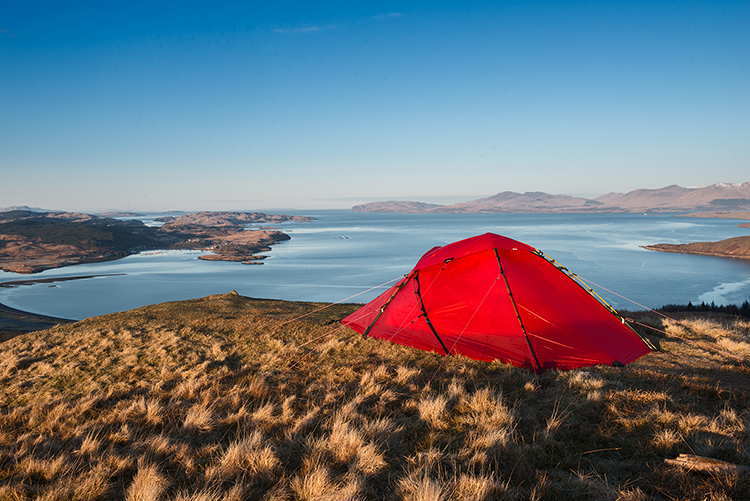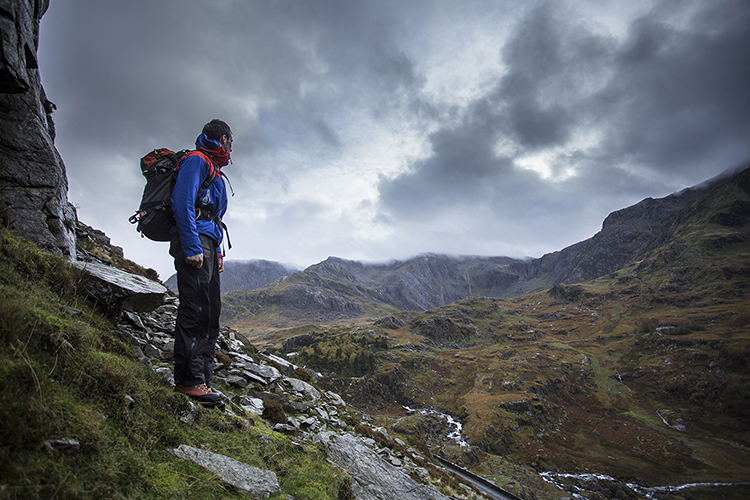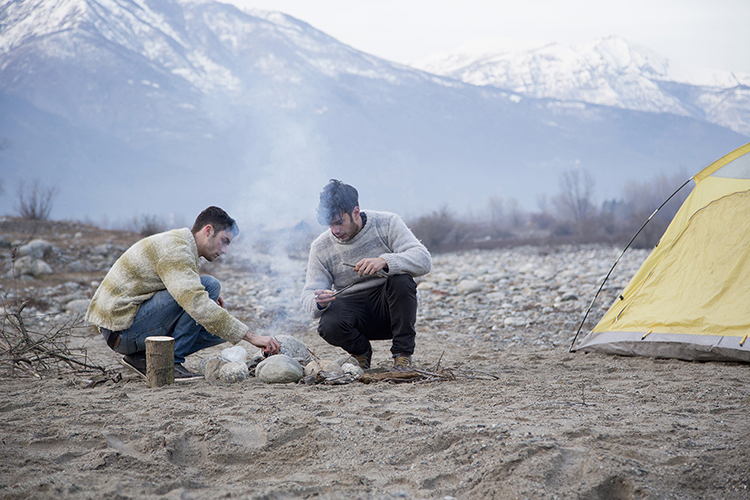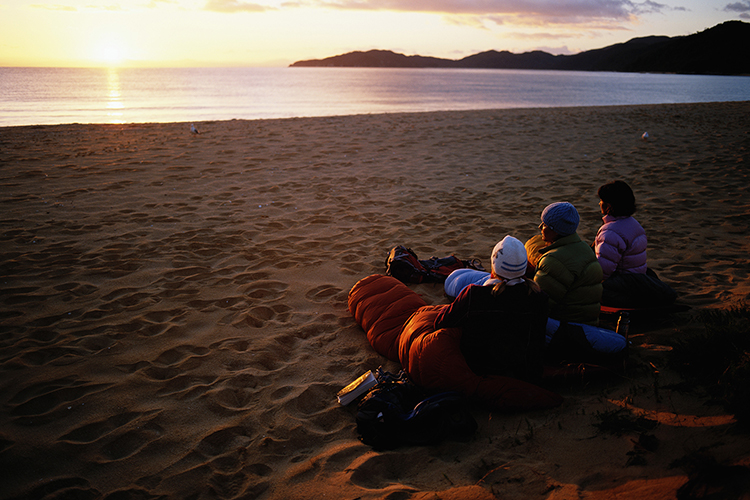As romantic as it sounds, there are still rules to consider – rules that not only make the experience safe and rewarding, but also preserve such special places for those that follow in the same footsteps.

Also known as ‘free’ or ‘freedom’ camping, wild camping has subtly different meanings depending on the destination - in some countries, it means pitching in designated back-to-nature campsites with basic facilities; in others, it refers to choosing your own spot amid large tracts of wilderness. The rules around such camping also vary from country to country, and from state to state.
In England and Wales, the rules are relatively restrictive because most land is privately owned, but there are still areas where it is permitted, mostly in national parks (nationalparks.gov.uk). Wild camping is legal in Scotland (visitscotland.com) and tolerated in Ireland, following certain guidelines.
In Australia (australiancampsites.com.au) and New Zealand (camping.org.nz), free camping is common but limited to specific reserves and parts of national parks, as it is in both Canada (pc.gc.ca) and the USA (nps.gov). No matter where in the world you wish to wild camp, assume nothing. Do your research and seek advice from local information centres and national park offices.
While part of the appeal of wild camping is escaping from civilisation, this also means being totally self-sufficient. The nearest shop is likely to be miles away so you will have to carry everything you need.
Make a checklist. As well as the obvious items such as a waterproof tent, camp stove, sufficient food, cooking fuel and appropriate outdoor clothing, pay attention to small but vital items such as a torch and spare batteries, matches and insect repellent. A penknife and duct tape are handy for running repairs.

Bad weather may prevent you getting to your wild campsite. Do your research beforehand by checking the local forecast, and learn to interpret the skies when you’re on route.
An easy trail can become dangerous in the rain; and snow and whiteouts present a particular risk if you’re in the mountains, where conditions can change in a matter of minutes. At the other extreme, intense heat can sap energy levels, or cause dehydration or heatstroke.
Take shelter or turn back if the weather turns ugly.
Those trees might appear perfect for providing shelter from the elements, but look for any branches that might snap off in high winds and camp well clear of them. Set up on free-draining, high ground, well away from river and stream edges. Always peg your tent out with gusto, securing the guy ropes with rocks or around a tree if the ground is too hard.
Water is an essential ingredient for any wild camping trip, so consider where you’ll get it and whether it will be fit to drink. Your map or route guide should indicate available sources, whether a tap at the toilets or shelter, or a natural watercourse such as a river or stream.
If you are unsure of the quality of the water, treat it. Boil it for at least three minutes, or use a filter or chemical treatment. Lightweight purification kits are available from most outdoor equipment stores.

Wildfires are a serious threat to dry wilderness areas and the reason why camping is prohibited in certain areas. Respect all fire bans, and where campfires are allowed, obey all rules such as using pits or grates and burning only dead wood from permitted sources.
Don’t build a bonfire when a small fire will do, and make sure it is fully extinguished by dousing the embers with water or covering them with sand or soil. Check the ashes are cold before moving on.
Wildlife encounters can be a highlight of any camping trip, but some are more welcome than others. Find out about resident fauna, and what risks they may pose.
Obey all rules regarding interaction with animals, which will include keeping your distance, securing your food supplies, and not feeding them no matter how cute and persistent they are. Some of the smallest critters can cause the biggest problems, such as mosquitoes, ticks and spiders.
Take all necessary precautions, such as immunisations where recommended.
Never set off without letting someone know your plans and your estimated time of return; if something goes wrong, they can raise the alarm.
A basic first aid kit is a must for any wild camping expedition. For short trips, take plasters and painkillers at a minimum; for longer hikes, consider bandages, sterile pads, antiseptic, and rehydration powders.
Try to find room for a survival bag or emergency blanket, and a whistle is useful should you need to attract attention. Major hiking hubs will also hire out personal locator beacons (PLB), safety devices that send an alert to rescue services if you run into serious trouble.

There’s a reason why national parks and reserves throughout the world provide back-to-nature campsites for adventurers such as you – they allow you to enjoy the natural landscape while managing your environmental impact.
When you pitch in undesignated wilderness sites, you and you alone are responsible for leaving the place as you found it. Bury your toilet waste, pack out all your rubbish, be fire-wise – leave absolutely no trace of your visit so those who follow can enjoy it just as much.